 Using bleach to clean your home could create toxic airborne particles that trigger illnesses | Daily Mail Online
Using bleach to clean your home could create toxic airborne particles that trigger illnesses | Daily Mail OnlineCleaning with lye: 6 reasons why it should be prudent Check the labels of your household cleaning products. You may be surprised just how many of these products contain bleach. Lixivion is a highly dangerous chemical, and can be found in many cleaning supplies, including toilet cleaners, removes stains and removers of tile residues. Many use these products without realizing the potentially harmful effects they can have on any exposed person. Scientists continue to expose the dangers posed by the whitener. Understanding why using bleach to clean can be dangerous and should be avoided will help you keep your home safe.1. The lynch can be dangerous for children Most people understand that bleach is highly toxic if swallowed, and would certainly prevent their children from doing so. What people do not realize, however, is that bleach can have adverse effects on children who simply live in a home where it is often used to clean. When used as a cleaning agent, the whitener remains on the surfaces and continues to emit vapors. Recent studies have revealed that children who have been exposed to bleach in their homes are more likely to suffer from respiratory diseases. In addition, several studies have linked the use of bleach in a home to increased prevalence of asthma and allergies. By avoiding the use of this chemical, you can help keep your children healthy.2. Whitening interactions with other home chemicals Not only is it harmful of bleach on its own, but its interactions with other commonly used chemicals can produce harmful reactions. When the bleach comes into contact with ammonia, it can react to the form of chlorine gas, which causes cellular damage to the nasal ducts and lungs. The accidental mix of these two products in the houses has led to death. Chlorine gas can also form when the bleach reacts with acids, such as vinegar. In addition, the reaction of chlorine bleach and ammonia can create dangerous and toxic smokes. The risks of whitening by-products contribute even more to the dangers of using this chemical at home. A variety of domestic products, including , , and drain cleaners can react negatively. By using bleach to clean your home, you have the added concern of an accidental reaction between cleaning products that can endanger your entire home. The potential for dangerous reactions with other chemicals is just another reason to keep cleaning supplies with bleach out of your home.3. Bleach has harmful effects on your body The more you use chlorine bleach, the more you endanger yourself and your family with their harmful ramifications in the body. To begin with, the inhalation of bleach causes damage to your lungs and organs. After accidentally inhaling the vapors, some individuals have reported a sense of stinging in the nose and eyes, cough and head of light, all of which are symptoms that indicate the corrosive properties of the substance. In addition, chlorine-based bleach can damage the skin and eyes. If left on the skin, bleach can cause irritation and burn. For very long periods of time, the presence of the chemical in the skin can clear the pigment of the skin and permanently damage the tissue. If the bleach gets in the eye, it may have serious consequences. Your eye will get incredibly irritated and will be painful, and can suffer permanent damage from tissue and vision if it is not completely rinsed. Industrial whitening, which tends to be more diluted, can have these same impacts in much shorter periods of time.4. Cleansing with bleach can damage your petsWhile individuals take many precautions to protect their children, they sometimes forget to take care of their pets the same way. The bleach of the house can be. Although usually not ingesting the substance intentionally due to the potent odor, cleaning with bleach can unnoticedly expose your animals. The products you use to clean your floors or wash your bed linen can stay on the legs or skins of a pet. Cats and dogs are often licked, which can cause harmful chemicals to swallow. Due to its small size, birds can get sick by inhaling only a small amount of steam. Leach poisoning in pets can result in vomiting, seizures and sometimes death.5. Bleach puts the environment at riskThe stomach may have harmful effects on a scale much larger than just your home. chlorine-based bleach is often used in industrial processes and is released into the environment in massive quantities. The impacts of this contamination have encouraged many to argue that the restriction of bleach is an effort to protect health and the environment. Often, manufacturers release wastes containing bleach into water bodies. Once in the water, bleach reacts with other chemicals to form, among other products, dioxins. It is known that dioxins are highly dangerous toxins that can have serious health impacts. Bleach also puts wildlife at risk; its by-products have been related to cancer in laboratory animal studies. The environmental toxins created by bleach have reduced the populations of several species of birds and fish. The lynch is especially harmful to the environment because it is exacerbated for many years. Even small quantities of the toxic chemical may accumulate in the air and water over time, which may result in adverse health effects.6. Alternatives to bleach can be so effectiveFortunately, many alternative cleaning products are free of bleach and can clean your home in the same way. For example, rubbing alcohol can be very effective in cleaning the plastic surfaces of the electronics. Hydrogen peroxide is a non-toxic substance that can be used to disinfect the surfaces of the home. Unlike bleach, hydrogen peroxide is safe to use around food products. and , which are not toxic and non-corrosive, have been used to cool fabrics, remove clean fat and glass for years. Finally, soap and warm water will clean almost anything at home and will not present any risk to your health. Driving with antibacterial soap will kill bacteria as tougher chemicals. Using bleach to clean your home puts you, your children and your pets at risk. Be sure to understand the danger of products based on the bleach before deciding to use them at home. You may find that using an alternative can clean your home also without the danger. Filed Under: , , , Tagged with: , , , About Our TeamA greedy runner with a knife to solve puzzles, Karen is a culinary chef taking a break from the long hours of her catering business to raise her two boys. Apart from baking the best double chocolate brownies you've tried, she spends her free time writing about the joys of cooking and reviewing a variety of appliances you can find in the kitchen. Comments Alfred says hello Karen! Thank you for sharing your knowledge about the use of bleach at home. I used pure bleach to clean the kitchen and bathroom, floors and countertops. Well, I'll never use it the same way. What product do you use to dispens the watershed, the rags? Julie Prince says that soda baking and vinegar works well, there are also chemical cleaners made only for bathrooms and toilets that do not contain bleach. Just read the labels. Good luck. Susan Wilson says hello Karen, Thank you so much for sharing the "perils" of bleach. I've always been very sensitive to inhaling it. I've been a hospital nurse for several years, but for about 7 years, the bleach has been widely used to clean in some of our patient rooms, daily on our worktops, phones and computer keyboards. I retire very soon, but I have asthma now, and I know he's been a big contributor to my poor lungs. Unfortunately. Karen Basrhart says hello I am a home cleaner I use a lot of distilled white vinegar and seventh-generation products smells and cleans well. Dorothy says thank you for information. I bought a drink from a machine. I've tasted a weak scent of bleach that could have created a problem in my stomach. It has felt in the fire and severe pain only by touching it Dorothy Rosetta mosby says that I cleaned my whole house yesterday using chlorox bleach now I'm still coughing and sneezing and when I take a deep breath it makes me cough harder it's afraid to feel it in my lungs and all I did was clean my house Bill says they have new, less harmful chemicals. The one I use at work is called Microkleen. L. J says I'm gonna try that product. Where is it sold? Nice cross says the current is elegant John says well, the question about cleaning the bathroom bowl was not answered. I'm sitting here having a discussion with my wife about the natural cleaners and she couldn't answer my question about cleaning the toilet. So you're really saying that hydrogen peroxide and dish soap will do the trick? I'll prove it this week, but I'm skeptical. Amy says Lysol makes a hydrogen peroxide cleaner, which is what I use. It's the best thing I've found so far, and it doesn't irritate my breasts like bleach. I haven't tasted soap personally Amara says I've stopped using bleach in my house because my lungs hurt instantly. Vinegar is an amazing alternative. I washed in a bottle with vinegar and cleaned up my entire house. Look at the natural cleaners and you'll see the benefits. Norma Rouse says I use vinegar. The bleach destroys the porcelain after a long use.. a view you do not want to see. Marlene Tuitt says if someone accidentally dries chlorox liquid bleach, dilutes in water. What effect it can produce on the side of the body. Justyn Tandy says Use cheap tail to clean the toilet. Go out overnight and rub. It works well. He even used a towel. The whitener only whitens the lime and does not remove it anyway. . Trisha says I know it's been a long time since your question... But do you find a safe alternative? I live with a septic, so I've never used bleach in this house. If your loo is very bad, turn off the water and roll. Then pour 1 or 2 cups of white vinegar into the bowl. Add soda bicarb and while fizzes, use the toilet rubbish brush to remove any accumulation. Turn on the water and flow again. Once a week, pour a small cup of white vinegar at the top of your cistern. Stop sitting at night. The next morning, he will be put through the bowl with the first eruption of the day. Sherry Frye says that I am a housekeeper for more than 20 years and that I have bleach and bleach products that burn my eyes and make cough I wondered if it will hurt my long-term health for so many years being exposed to it I am almost 60 years old and is really beginning to hurt me. Becca Becker says Sherry, they just published a 20-year study in Europe (ECRHS III) and concluded that the use of cleaning products with hard chemicals once a week leads to a cumulative decrease in lung function similar to smoking a pack of cigarettes a day. Yes! Karen Basrhart says Change to natural as vinegar Allen says You are giving dangerous advice...if the bleach is used correctly is the only antibacterial that will kill ecoli, a very dangerous threat, as well as being 100% effective in all other bacteria and viruses... Although all your suggestions are intended well and take place in certain situations, the duly diluted bleach is absolutely necessary for full security....Please investigate this beyond on the Internet. I don't have time to fully explain... for general cleaning what you suggest is good... for very young, old or immune committed, in medical facilities or already infected environments always use bleach. In the domestic use at the kitchen counters, for example, then rinse with rigour. Simon says Hi Allen... Just because something kills a bacterium you want to kill doesn't make it safe to use. My inert is that dilution is the key to reducing the number of bacteria to safe levels. That along with maintaining a good human microbiome through the diet and not using hard chemicals. For example, mycobiota of the skin competes with incoming bacteria to exclude or limit them. If you kill your natural biota, leave an open field for potential toxic invaders. Of course there are times when a vulnerable person needs extra help or a particularly dangerous bacterial risk is present. Then one has to do a trial. However, the vulnerable person may be more harmed by the cure sometimes. What is clear is that the bleach damages the lungs—I have asthma and the slightest whip of the bleach gives me an instant attack—nothing else I've ever experienced does. I have worked in care and have seen how others are neglected with their own health in relation to cleaning products and are necessary to use them by employers. A bathroom bowl or kitchen floor will never be sterile - it is not that they are used at all. So sterility is not relevant there - only risk of reduction. That means mainly dilution- and that means rinsing thorough after making any mobile 'dirt' connected- say through soap or bicarbonate. In short, the use of diluted bleach, far from being 'absolutely required for full security' is guaranteed to be immediately unsafe for a asthmatic like me and in the long term for others as described in the article. If the person vulnerable to bacterial infection then has lung damage added to his or her burden - How can it be considered to be "full integrity"? Jamie Boxey says Bleach is NOT the only antibacterial to kill the e-coli. The basic G of Shaklee does it and is safer! L. J says can you use bleach to cause vertigo? I have a feeling I'm getting into a boat without stopping. I use bleach all the time when I cleaned anything, including my dishes I wash by hand. MPH125 says As someone who is Grandad always washed dishes with bleach because "he never hurt his parents" and then died at the age of 74 with multiple faults in the organ, please for God's love to stop washing their dishes with bleach. Every time he does, he leaves traces, then he gets ingested when the dishes are eaten. You may not notice now, but on the line, you'll regret it. Kris says However, it is required in the commercial kitchens to make the final rinse in a diluted bleach solution. Nina says Please do not use bleach for dishes that are poisoning you and those who use those dishes. He clings to metals, glass and anything else you use. This residue is toxic and carcinogenic. Please do some research on food and health safety guidelines. Katrina C Williams says that you, I was looking for an answer to, "Are you in danger after cleaning in furniture, glass or floors?" CRichards says well I think I have no alternative but to use bleach. My mother lives with me and has C-Diff with a lot of diarrhea. Is there anything else that can kill the C-Diff bacteria? Yulanda Bennett says Test cleaning products Neolife. All are biodegradable, non-toxic, concentrated and profitable. I won't allow any toxic cleaning products in my house. All you touch is absorbed by the skin. Very scary. Trisha says Oregano and Clove oil. The oregano is safer on its surfaces, as the clot oil can leave smug spots. Vinnie DiSano says you need to see a doctor who had C- diff for two months. They had me in the wrong drug finally put me on vancomycin strong antibiotics at last the diarrhea stopped after two weeks was a horror show for two months getting a vancomycin from your doctor Ram says We recently used whitening powder to clean the area of the dirty soil on the toilets. Fortunately the vapors are inhaled by us receiving cough and drowsiness. Please suggest a remedy to get out of this. Don Herington says I just used bleach to get stains from the toilets and porcelain bathtubs and noticed that I felt bad and my breasts were uncomfortable. Now I know it's not worth getting those stains out of bleach. Is there anything more than magically removing those stains of obstinate sins? Trisha says have you tried soda bicarb? I like bicarb and lemon oil mixed Kevin says My bathtub and the toilet don't work Trying to mix a bit of bleach right now is the smell like gas that's fine or any poison or harmful my children Amanda Armstrong says it's incredibly harmful. Have you heard of melaleuca products? Turn them off. Lourdes Martínez says I used OddOBan and Lysol. Both are antibacterial. Sara says lynch is important to use if someone has C infection. Diff GI. You can get hospital grade chlorox for this in Amazon. Spray and let it feel for at least a minute and then rinse. Just kill the spores. Kris says even the hospitals are moving away from the bleach. Many have changed purifiers and silver based on peroxides. Cheryl says hi. Do you live in America just asking how I am in ashford kent (United Kingdom) and I am not able to find or get chlorox or Lysol products make you where more than amazon I can get some or any other product I can use that kills bacteria and viruses thanks Saheb says thank you for enlightening me. I won't use it either. Vikas Hari says that I have put whitening powder in my plastic tanks despite and change them once draining the tanks twice there is very bad smell and heaviness in the water When the water has been checked before tanking is perfect Please advise immediately Zach says you may want to review this article a little. For example, industrial bleach is more concentrated, no more diluted as you wrote it to be. That's totally contrary to the point you're trying to do in the first place. I generally agree to limit the use of bleach, but as others have said, there are certain situations in which bleach is the only thing that works to kill harmful pathogens. Having said this, a 10%-leach dilution is typically quite concentrated to kill most of any pathogen. I work in a biomedical science laboratory and try to severely limit our use of bleach, but for some things it is inevitable and it would be dangerous to omit its use. Luis X says HI, one question. if a clean person (or disinfects a stainless steel surface with the beach, how long does the antibacterial or antiviral effect last? Several hours, days or just a few minutes? Debra Calhoun says Can I use it with Dawn dish soap. Abe says I used chlorox of bleach in the past, got sick. At first it didn't bother so much. but now a simple spray or few droplets irritate my eyes, shake and dizzy and dizzy. Besides, it affects my breathing. Your poison. Some experts discovered and reported that children were more susceptible to Influenza virus and weak immune systems because their families used bleach at home. There are many alternatives and much better and kill viruses. And during this coronavirus pendamic you need every part of your immune system so you can fight viruses. Sherrie' says I'm so worried because I've developed a nagging cough last week and 1/2 after leaving 2 cups of straight bleach in the toilet bowl that had urine, blood, and mytocycin-C (a chemotherapy drug). I was going to throw the bleach in the toilet right after my husband peed on it (which was about every hour), keeping the lid down for 15 minutes, and then pull the toilet with the dangerous material deactivated. I've had trouble breathing for the last few years, and now that's gotten worse. I was not advised to wear a mask or make sure the bathrooms were well ventilated. I also packed all the bloody towels that I used in bleach water. My head was in the bathtub while I leaned to pack these towels. I'm furious, but disappointed that I'm not more cautious with the toxins of this mixture. I think it should have been prevented by the hospital. Reply Your email address will not be published. Required fields are marked *Comment Name * Email * Save my name, email and website in this browser for the next time you comment. Recommended Items3 Ways to clean with baking Soda12 Ways you can clean with vinegar5 Tips for cleaning glass free of spike9 Ways to clean a total waste disposalHow to clean your bathroom (in 30 minutes or less)How to clean your dishwasher: 7 Maintenance Tips to follow new items: Have a question? Call 1-855-487-6949 We give you more free shipping Get free standard delivery in thousands of products designated on our site. Some items, such as very large and heavy products, do not qualify at this time. Returns 30 days Just call us to return your article. Most items can be returned up to 30 days from the date of purchase. For specific details please 16 years of service We have been providing excellent customer service since 1999, from 24x7 telephone assistance, a world-class website and learning center, and faster home delivery. Product Experts Talk with one of our experts in Austin, TX and make sure to order the right product for your needs. The average call waiting time is less than 1 minute. The average call waiting time is less than 1 minute. Price Match We are competitive prices every day but if you find a better deal in another authorized dealer lets us know. For more details, see Customer ServiceOrderingAbout UsCustomer ServiceOrderingAbout UsFollow usCopyright © 2021 · · · ·
Warning: The NCBI website requires JavaScript to operate. A rare complication of chlorine gas inhalation: neumomediastinum Abstract Chlorine gas is a powerful lung irritant that causes acute damage both in the upper and lower respiratory tract. Chlorine gas is often produced from a homemade mixture of diluted hypochlorite with hydrochloric acid. The low concentration domestic lixivion is considered as a chemical irritating the mucous membranes, but when mixed with chloric acid to clean the floor of bathrooms and toilets, chlorine is produced. Chlorine gas is a powerful lung irritant that causes acute damage both in the upper and lower respiratory tract. Such cleaning mixtures are commonly used in Turkey. This article describes the neumomediastinum, a rare complication of chlorine gas inhalation. Case report A 26-year-old woman with dyspnea was admitted to the Department of Emergency Medicine of the Faculty of Medicine of the University of Erciyes, Kayseri, Turkey, after inhaling gas produced by a mix of household cleaning products. Two days before admission, I had mixed 5% of sodium hypochlorite with the same amount of 18% of chloric acid. Right after mixing these chemicals, he had started coughing violently and had difficulty breathing. He had tolerated these symptoms for two days and when he became intolerable, he was taken to our emergency department. Upon admission, the patient had severe and sybilance. The blood pressure was 110/80 mm Hg, the pulse rate was 120 strokes/min and the breathing rate was 24/min. In the indirect laryngeoscopic examination, their vocal cords and laryngeal structures were hyperaemic and edematous. A diffuse rhonco was heard about the auscultation of both lungs. When the neck was pale, it was noticed that it had soft tissue emphysema. The blood gas analysis showed no anomaly. After the post-opening radiographic examination of the lung, the patient was suspected of having pneummediastinum. The CT scan of the neck and chest of the patient showed that he had emphysema on the neck and neumomediastinum. Figure 1 Air in the mediastinum space, seen in the chest X-ray. The patient was treated with 50% of oxygen humidized through a non-surgery facial mask, followed by mixed ipratropio and salbutamol bromide (Combivent, Boehringer Ingelheim Ltd, Berks, UK) nebulization, and intravenous methylprednisolone infusions and aminophylline for bronchoscopy. On the second day of treatment, he still had rhonchus in auscultation and mild cough. On the third day, it was almost asymptomatic. It was followed by daily lung rheentgenograms. On the sixth day of treatment, a CT scan of the chest showed a complete resolution of the pneumomediastinum. It was downloaded the sixth day after it was completely recovered. Six months later, the lung function test was performed and a good response was observed after the β mymetics. Debate chlorine gas inhalation cases are usually mild to moderate; death is rare. Patients who need medical care after a lower chlorine gas exposure may experience eye or throat burning, consistent with irritation of their mucous membranes. Patients with the greatest exposure to chlorine gas may also have cough, shortness of breath, chest stiffness or other symptoms that refer to the lungs. This patient also described violent cough and shortness of breath right after inhalation. It can therefore be accepted as a moderate to severe case of chlorine gas inhalation. Vital signs changes usually include tachypnea and tachycardia. Our patient also had these findings until the third day of inhalation. All these prolonged symptoms and changes in vital signs made us think of complications, which are pulmonary embolism, alveolar and bronchial epithelium denudation, pulmonary edema, chemical pneumonitis, alveolar disorder and, like a rare complication, pneummediastinum. The subcutaneous emphysema in the neck region was also suggestive of neumomediastinum in our patient and this was confirmed in X-rays, which showed the presence of air in the mediastinum space. In 1944, Macklin and Laenec described the physiophysiological mechanism of the spontaneous neumomediastinum, and its description remains valid today. The triggering factors have been described as all those non-iatrogenic factors that contribute to increasing the pressure gradient between alveoli and interstitium. Therefore, the breakdown of marginal alveoli is observed as a result of increased intraalveolar pressure and dissection of air along the lung vascular pods in the mediastinum. It can follow severe stress or cough, and has been described with various conditions such as parturition, bronchial asthma, certain respiratory tract infections, aspiration of the foreign body and pulmonary embolism. This is also the probable mechanism of neumomediastinum in our patient, which was precipitated after the violent cough. Spontaneous pneumomediastin has a good prognosis, subsidizing in a week without any treatment. Our patient also recovered quickly, without intervention other than oxygen, and his chest X-ray returned to normal after 5 days. Cases of chlorine gas exposure due to household mixing products are usually mild. But doctors must be aware of complications such as neumomediastinum. This case presentation draws attention to this easy-to-treat, but potentially dangerous complication. Footnotes Participation interest: None declared. This case report has been sent to the fourth European Congress of Emergency Medicine, Heraklion‐Crete, Greece, 4-8 October 2006, as a poster presentation. ReferencesFormats: Share , 8600 Rockville Pike, Bethesda MD, 20894 USA
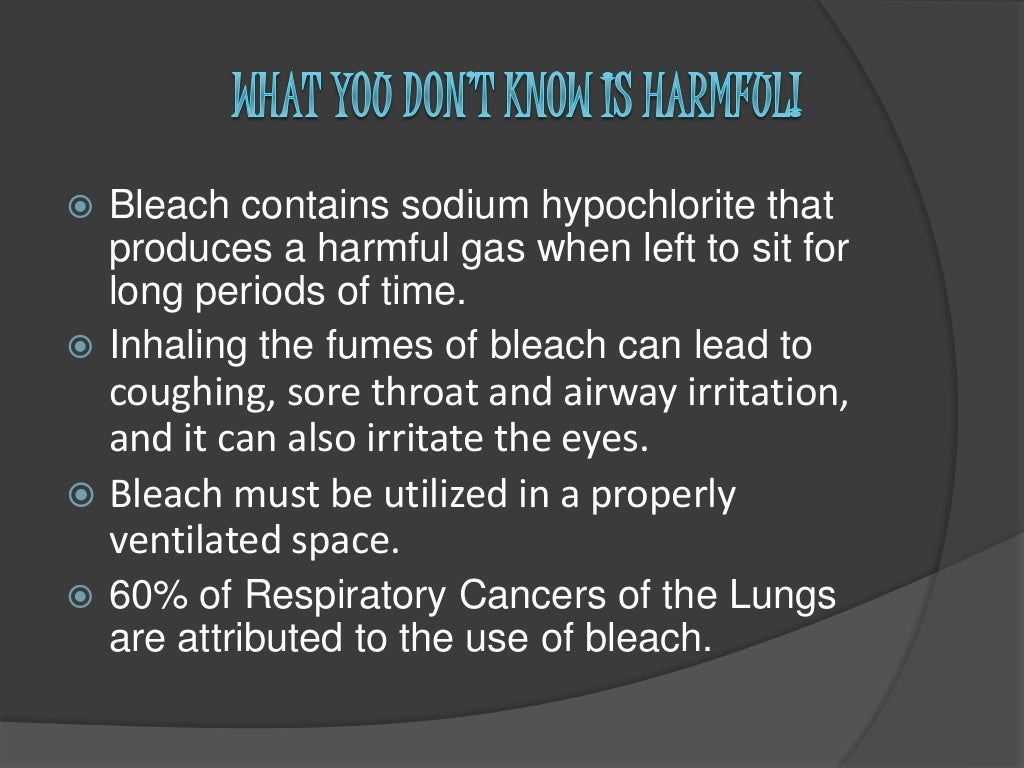
The dangers of bleach
Cleaning With Bleach: 6 Reasons Why You Should Be Cautious
St John Victoria Blog | First Aid for Chemical Exposures | Common Household Substances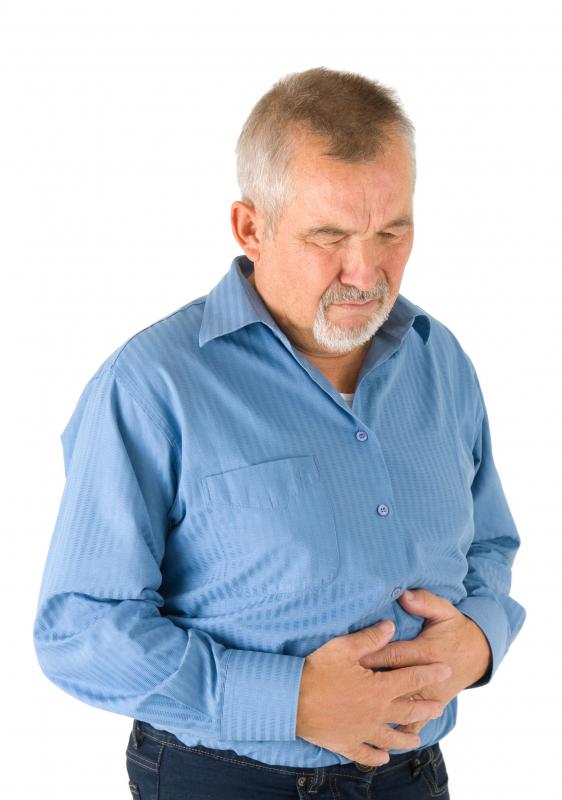
What Are the Symptoms of Bleach Poisoning? (with pictures)
How to treat bleach inhalation
Cleaning With Bleach: 6 Reasons Why You Should Be Cautious
How to treat bleach inhalation
Why You Should Stop Using Bleach NOW – Health & Safety Programs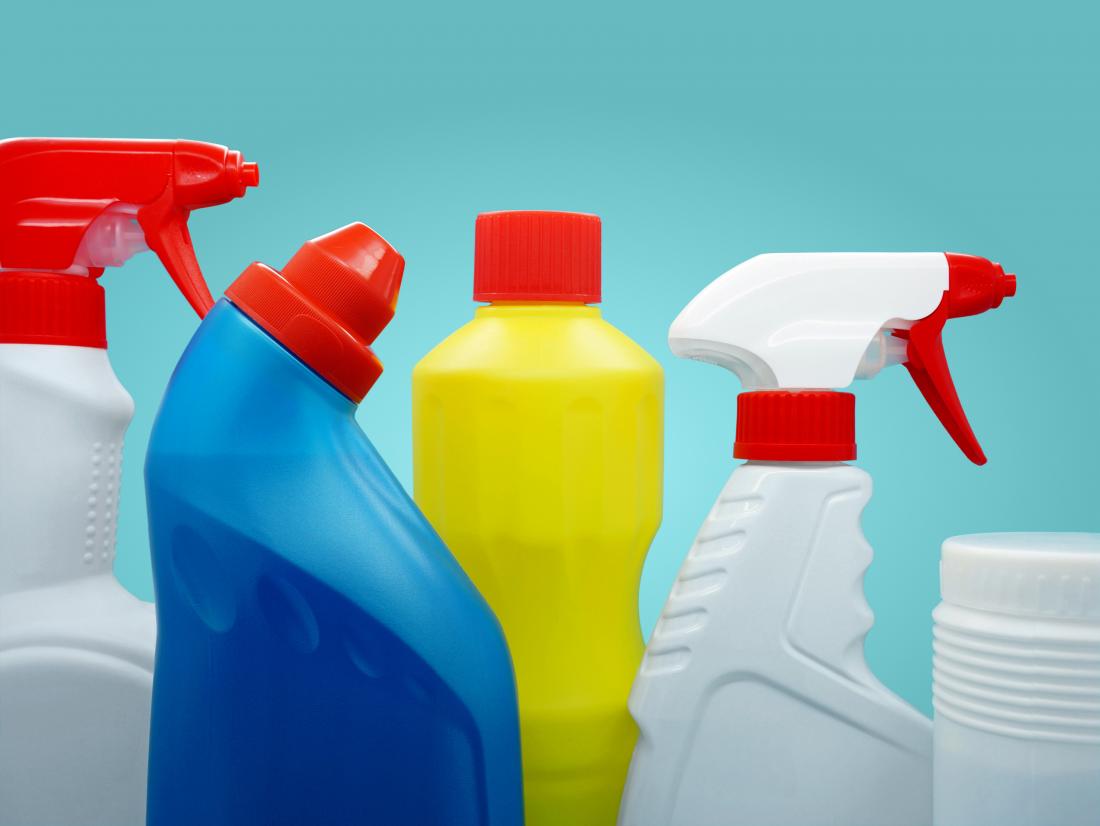
Chlorine poisoning: Causes, symptoms, and treatment
Cleaning With Bleach: 6 Reasons Why You Should Be Cautious
How to Avoid Health Problems from Chlorine Bleach » How To Clean Stuff.net
Can Breathing Bleach Give Sore Throat Normal Tonsils Pictures | Duoalbarus Tonsilremoval
Cleaning With Bleach: 6 Reasons Why You Should Be Cautious
Never Mix Bleach and Ammonia: Yes, It Can Kill You
Can Breathing Bleach Give Sore Throat Normal Tonsils Pictures | Duoalbarus Tonsilremoval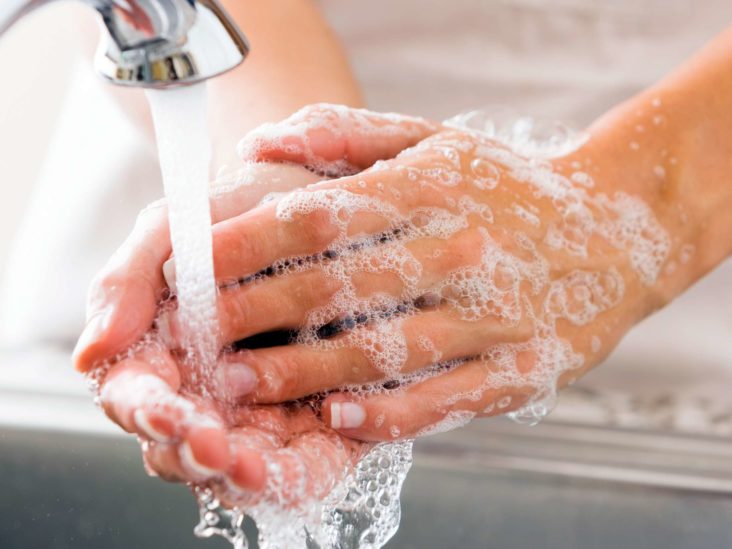
Bleach on the skin: What to do, first aid, and effects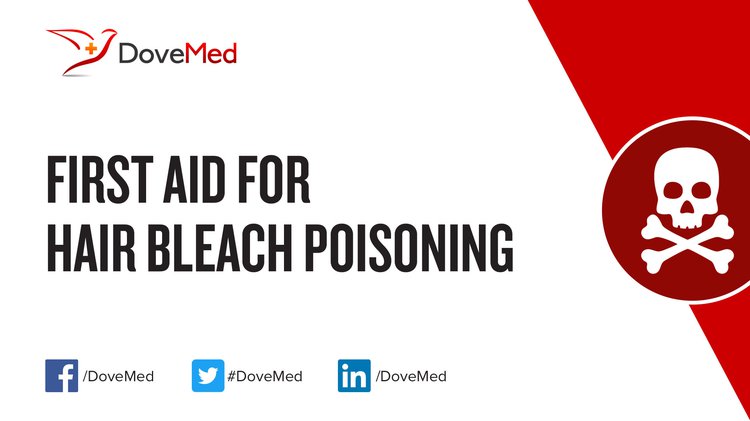
First Aid for Hair Bleach Poisoning
How to Avoid Health Problems from Chlorine Bleach » How To Clean Stuff.net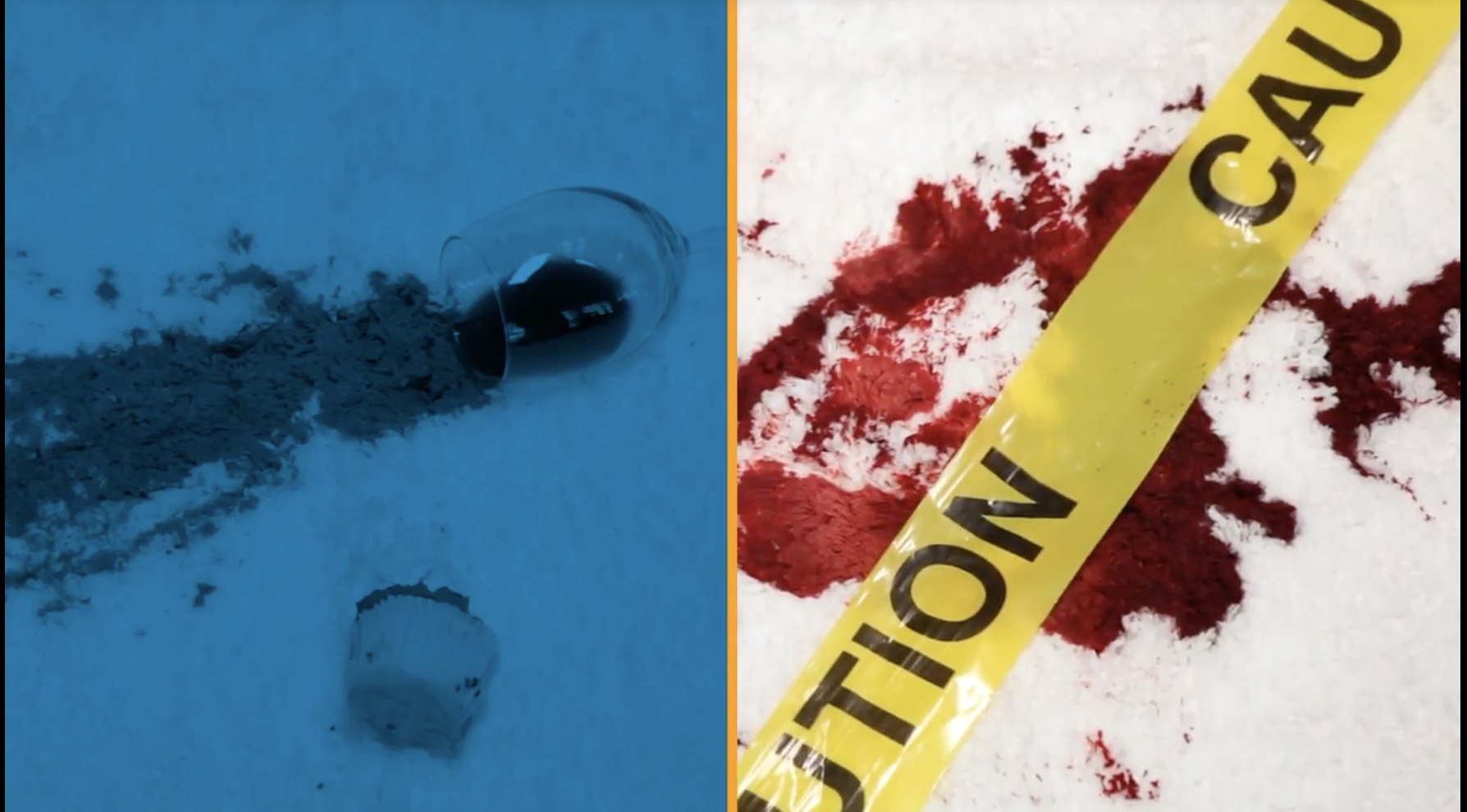
Clorox Can't Clean a Crime Scene
Cleaning with bleach might increase your chance of getting COPD. How worried should you be? | Popular Science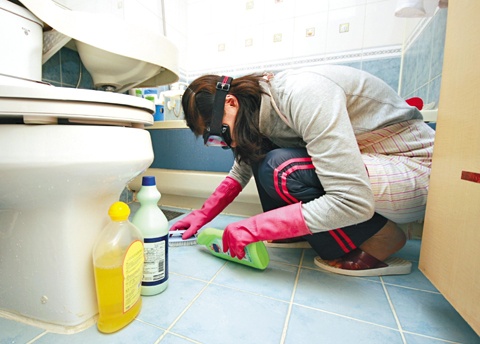
Bleach Fumes, Clean and Healthy or Danger-Stay Away?
To Bleach or Not to Bleach, That is the Question - LeafScore/GettyImages-594062454-5d24c09ed4a649a69f583281905ba97f.jpg)
Mixing Bleach and Ammonia Can Kill You
Bleach Solution - HMS Beagle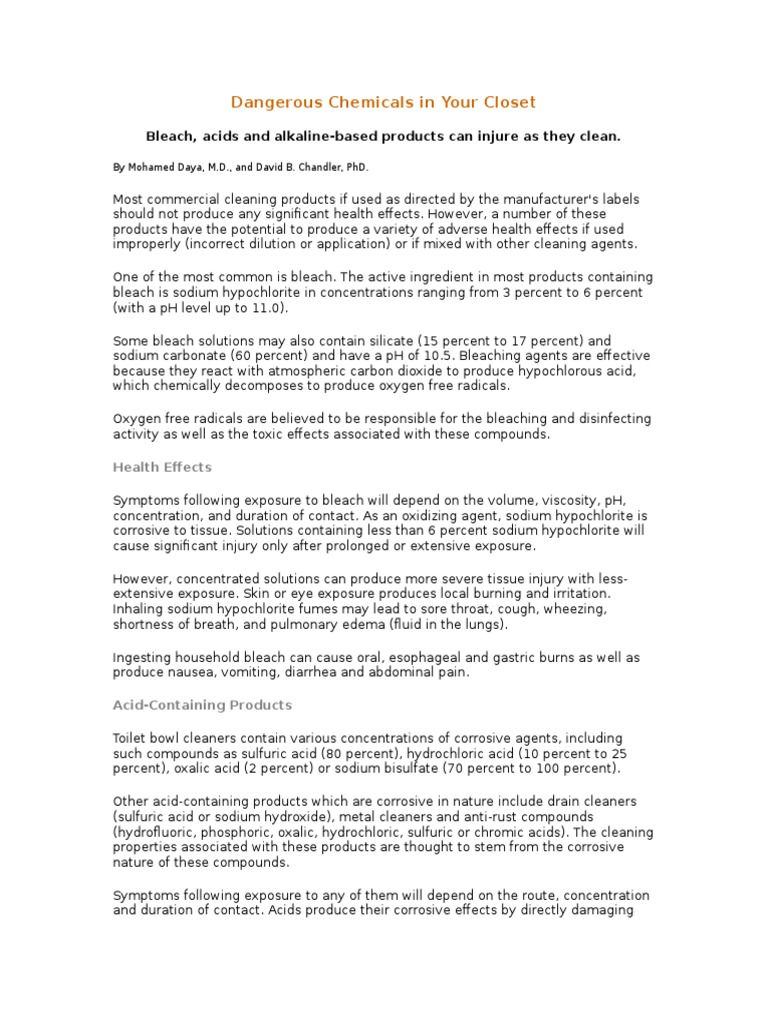
Dangerous Chemicals | Bleach | Chemical Compounds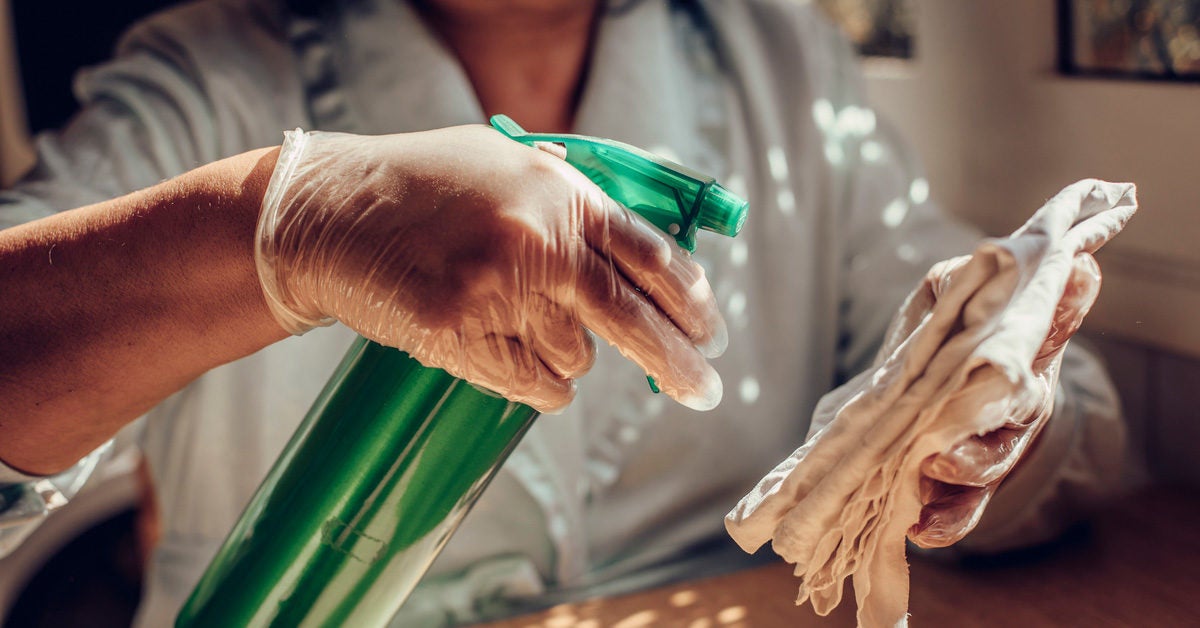
Bleach and Vinegar: Effective Cleaning Tools That Turn Lethal Together
harpic and bleach inhale | Answers from Doctors | HealthTap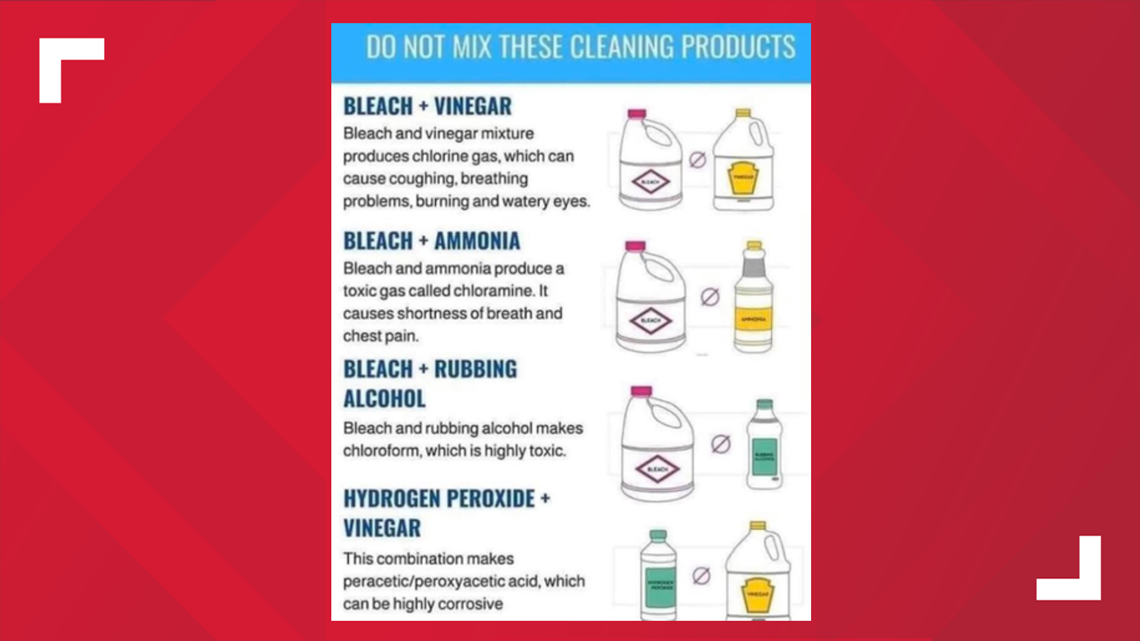
VERIFY: Which cleaning products could be dangerous to mix | wusa9.com
St John Victoria Blog | First Aid for Chemical Exposures | Common Household Substances
inhaled bleach fumes sore throat | Answers from Doctors | HealthTap
Spic & Span Floor Cleaner with Bleach (OP)
Symptoms of Exposure to a Bleach and Vinegar Reaction - EcoWatch
Chlorine Poisoning: Symptoms, Diagnosis, and Treatments.jpg)
Can Breathing Bleach Give Sore Throat Normal Tonsils Pictures | Duoalbarus Tonsilremoval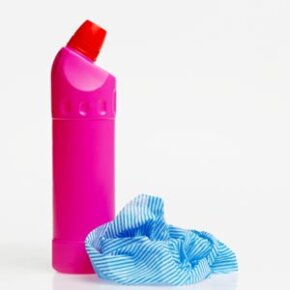
How Bleach Works | HowStuffWorks
How Cleaning Products Are Damaging Your Lungs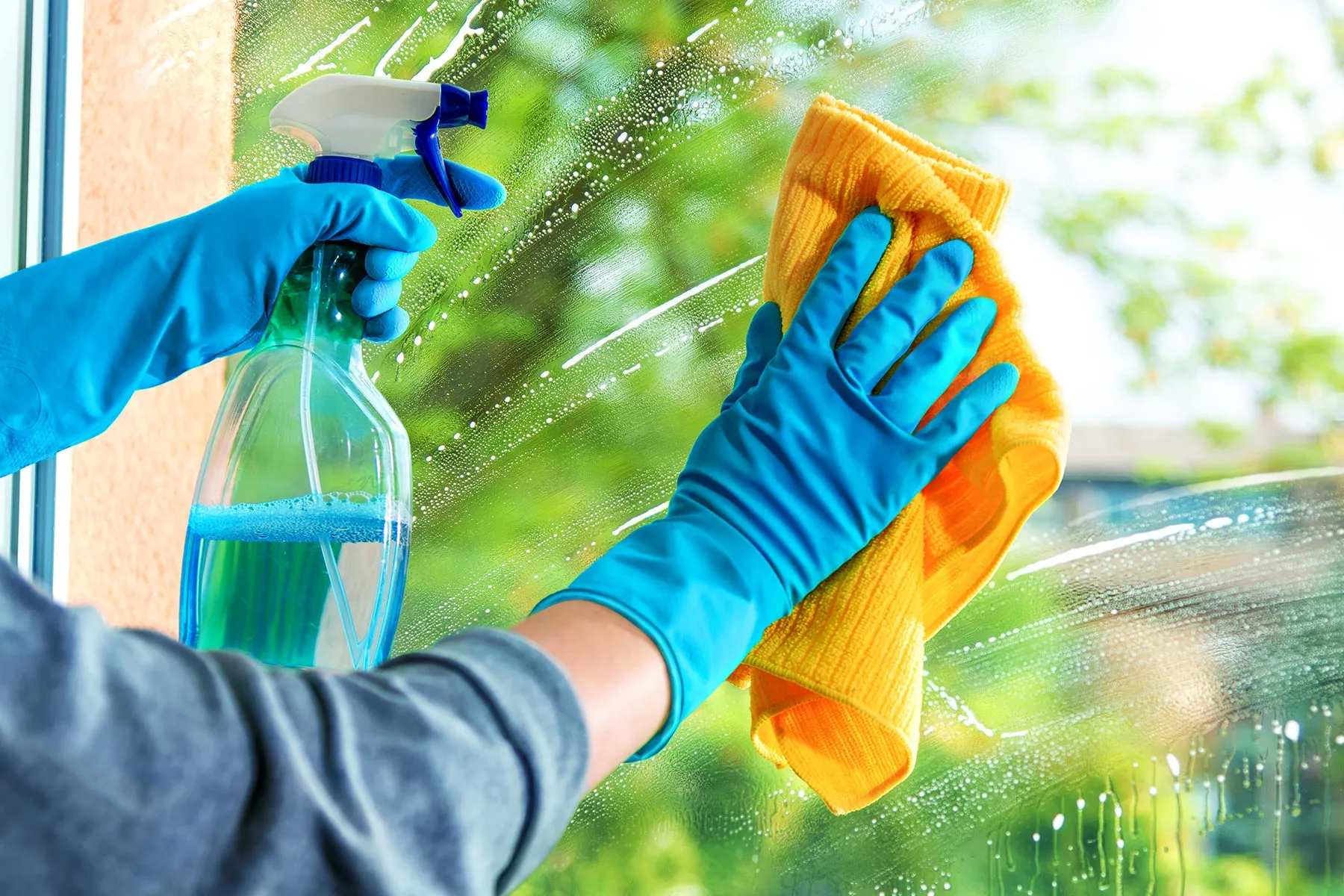
Pictures of Cleaning With Bleach
5.25% SODIUM HYPOCHLORITE SOLUTION (Household Bleach)
Acute Bronchitis - Harvard Health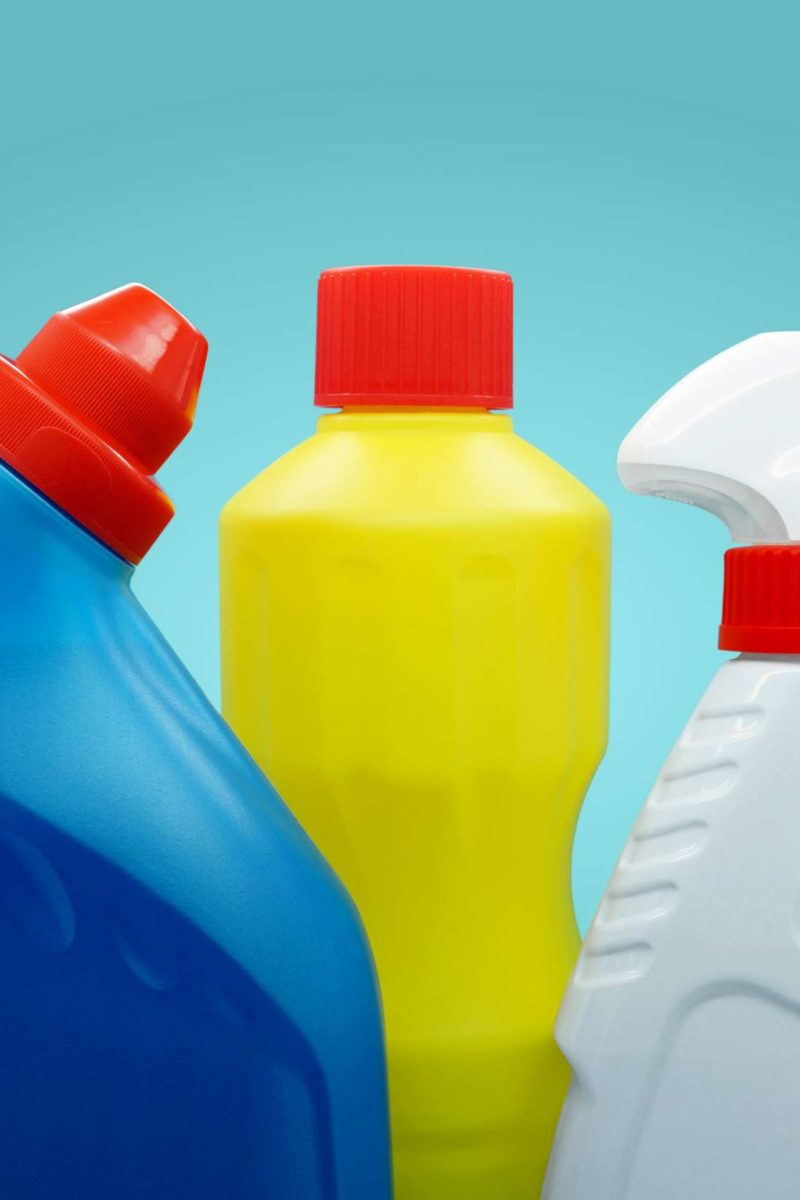
Chlorine poisoning: Causes, symptoms, and treatment
 Using bleach to clean your home could create toxic airborne particles that trigger illnesses | Daily Mail Online
Using bleach to clean your home could create toxic airborne particles that trigger illnesses | Daily Mail Online





















/GettyImages-594062454-5d24c09ed4a649a69f583281905ba97f.jpg)







.jpg)





Posting Komentar untuk "breathing in bleach fumes sore throat"